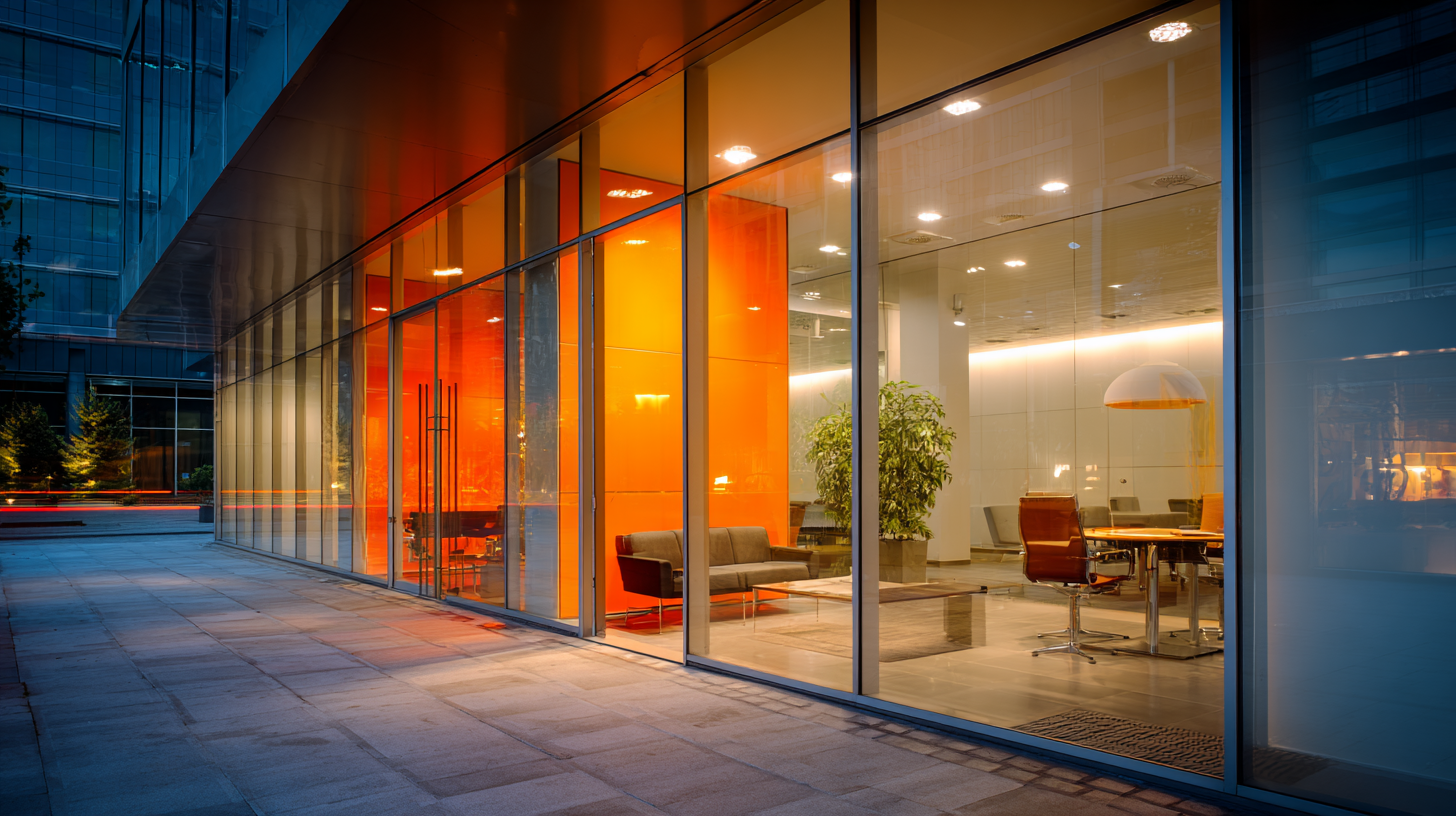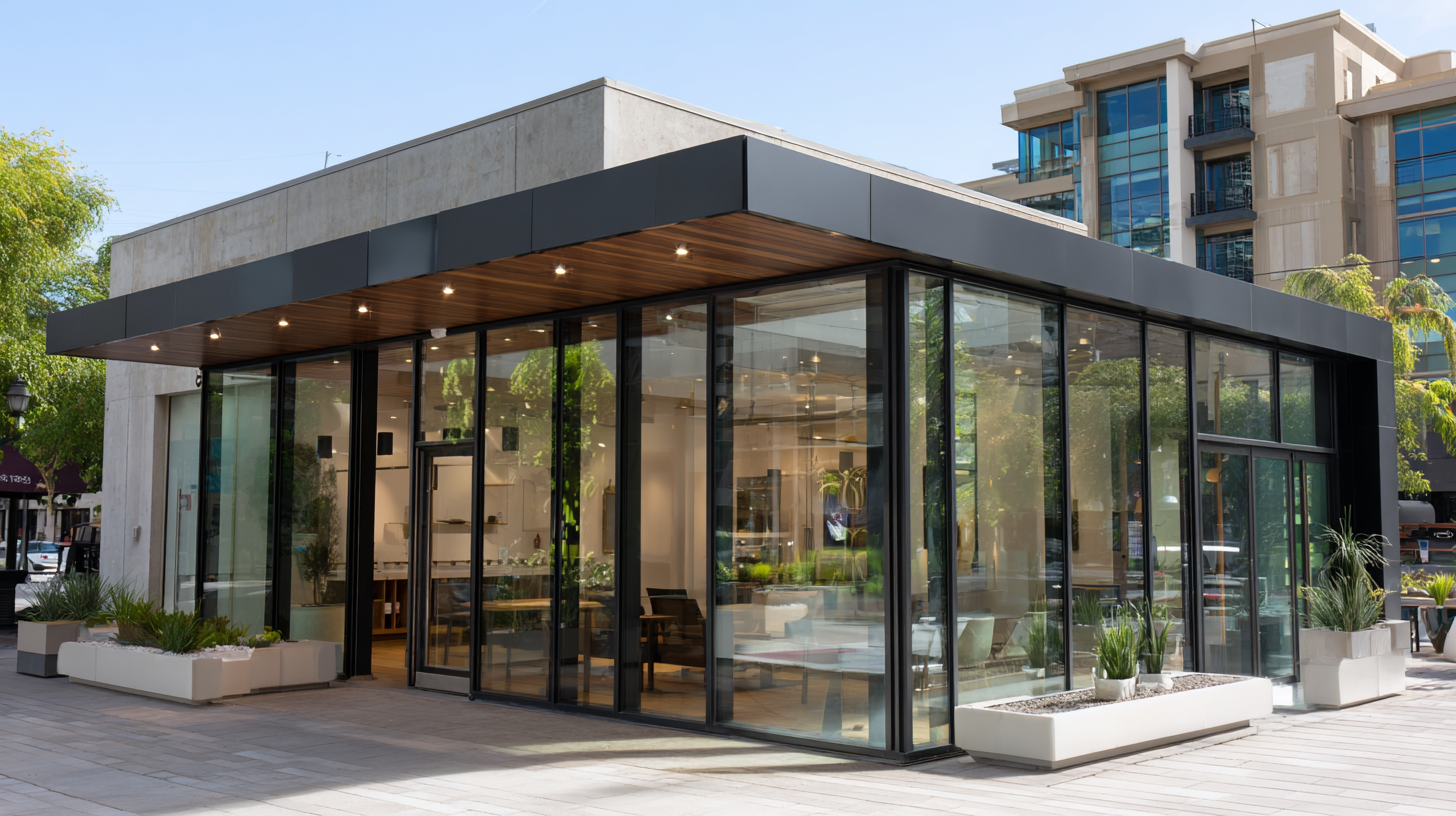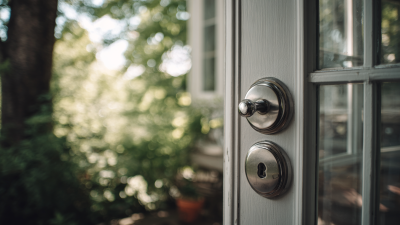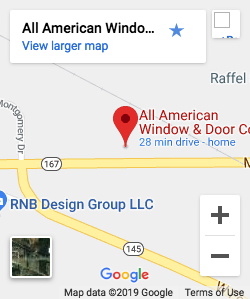Blog
How to Choose the Right Commercial Windows for Your Business Needs
When selecting the ideal commercial windows for your business, it is crucial to consider both aesthetic and functional elements that align with your specific needs. According to a report by the U.S. Department of Energy, approximately 30% of a building's energy consumption can be attributed to windows, highlighting their significant impact on energy efficiency and operational costs. Furthermore, a study by the Lawrence Berkeley National Laboratory states that modern, energy-efficient commercial windows can reduce heating and cooling costs by up to 40%. In an era where sustainability is paramount, investing in the right commercial windows not only enhances the appearance of your business but also improves its energy performance. This guide will delve into key factors to consider when choosing commercial windows, including material options, energy ratings, and design trends, to help you make an informed decision that meets your business needs effectively.

Understanding Different Types of Commercial Windows and Their Benefits
When selecting commercial windows, understanding the various types available and their unique benefits can significantly enhance your business environment. For instance, energy-efficient windows can reduce energy consumption by 30-50%, according to the U.S. Department of Energy. This not only helps in lowering operational costs but also promotes sustainability—an increasingly important factor for modern businesses.
One popular option is double-glazed windows, which provide superior insulation compared to single-pane windows. They can help maintain indoor temperatures, thus contributing to higher comfort levels for both employees and customers. Additionally, tempered glass windows offer added safety and security, making them ideal for commercial spaces that experience high foot traffic.
Tip: When choosing commercial windows, consider the local climate. In regions with extreme temperatures, high-performance windows can offer significant long-term savings.
Tip: Always consult with a professional installer to ensure that your selections meet local building codes and regulations, as this can affect not only aesthetics but also the overall safety and efficiency of your business space.
Evaluating Energy Efficiency Ratings and Their Impact on Cost Savings
 When selecting commercial windows, energy efficiency ratings are crucial in determining long-term cost savings for your business. According to the U.S. Department of Energy, energy-efficient windows can reduce energy bills by 10-25%, depending on the local climate and building design. Look for windows that are rated by organizations such as the National Fenestration Rating Council (NFRC), which provides clear data on U-factor, solar heat gain coefficient (SHGC), and visible transmittance (VT). For instance, windows with a low U-factor provide better insulation, minimizing heat loss in winter, while low SHGC values can help keep interiors cooler during hot summers.
When selecting commercial windows, energy efficiency ratings are crucial in determining long-term cost savings for your business. According to the U.S. Department of Energy, energy-efficient windows can reduce energy bills by 10-25%, depending on the local climate and building design. Look for windows that are rated by organizations such as the National Fenestration Rating Council (NFRC), which provides clear data on U-factor, solar heat gain coefficient (SHGC), and visible transmittance (VT). For instance, windows with a low U-factor provide better insulation, minimizing heat loss in winter, while low SHGC values can help keep interiors cooler during hot summers.
Additionally, investing in high-efficiency windows often qualifies businesses for tax incentives and rebates. The ENERGY STAR program notes that buildings with ENERGY STAR-certified windows can expect an average energy cost reduction of 20-30%. By considering these ratings and potential savings, businesses can make informed decisions that align with both their operational needs and their commitment to sustainability. Furthermore, the initial higher investment in energy-efficient windows typically pays off within a few years through reduced utility costs, creating a win-win situation for both your budget and the environment.
Selecting Window Materials: Comparing Commercial-Grade Glass and Frames
When selecting commercial windows, the choice of materials plays a crucial role in the overall performance, aesthetics, and energy efficiency of your business environment. Commercial-grade glass tends to offer superior strength and insulation compared to residential options. According to the Efficient Windows Collaborative, windows that utilize low-emissivity (Low-E) glass can reduce energy costs by up to 30% to 50% in commercial buildings, making them a wise investment for businesses aiming for sustainability and reduced operational expenses.
In addition to glass, the choice of frame material is equally important. Aluminum frames, for instance, are favored in commercial settings due to their durability and weather resistance. A report from the American Institute of Architects indicates that buildings with aluminum frames often experience a significant reduction in maintenance costs, with estimates suggesting savings of nearly 20% over a typical lifespan. Alternatively, fiberglass frames provide excellent insulating properties and are gaining popularity due to their low thermal conductivity and resistance to warping, making them ideal for energy-efficient designs. Balancing these options based on your specific business needs can lead to improved comfort and lower long-term expenses.
Assessing Local Building Codes and Regulations for Commercial Windows
When selecting commercial windows for your business, understanding local building codes and regulations is crucial to ensure compliance and avoid costly modifications. According to a report by the American Architectural Manufacturers Association (AAMA), nearly 40% of commercial projects encounter delays due to failure to meet local codes. Each region may have specific requirements regarding energy efficiency, safety standards, and materials used, which can significantly impact the type of windows you choose.
Additionally, the International Energy Conservation Code (IECC) provides guidelines that many local jurisdictions adopt to promote energy efficiency in commercial buildings. For instance, the IECC emphasizes the use of high-performance windows, which can lead to energy savings of up to 30% if installed correctly. Ignoring these regulations not only risks penalties but can also result in higher operational costs due to inadequate insulation and increased energy consumption. Therefore, it's essential to consult local building authorities or a knowledgeable contractor before making a final decision on the type of windows that best fit your business needs.
How to Choose the Right Commercial Windows for Your Business Needs - Assessing Local Building Codes and Regulations for Commercial Windows
| Window Type | Energy Efficiency Rating | Local Building Code Compliance | Estimated Cost per Unit | Lifespan (Years) |
|---|---|---|---|---|
| Double Glazed Window | U-Value: 1.2 | Meets Code XYZ-123 | $150 | 20 |
| Triple Glazed Window | U-Value: 0.9 | Meets Code XYZ-124 | $250 | 25 |
| Low-E Glass Window | U-Value: 1.1 | Meets Code XYZ-125 | $180 | 15 |
| Thermal Break Aluminum Window | U-Value: 1.4 | Meets Code XYZ-126 | $220 | 30 |
| Vinyl Frame Window | U-Value: 1.3 | Meets Code XYZ-127 | $170 | 20 |
The Role of Aesthetics and Branding in Choosing Commercial Windows
When selecting commercial windows, aesthetics and branding play a crucial role in shaping a business's identity and appeal. The right windows can enhance the overall look of a storefront, attracting customers while reflecting the brand's values. For example, modern window grill designs provide not only a stylish touch but also improve security, seamlessly merging functionality with visual attractiveness. Businesses should consider how window styles align with their branding strategy, ensuring that the choice resonates with their target audience.
Moreover, the impact of aesthetics extends beyond the exterior. High-performance windows can contribute to energy efficiency, which is increasingly becoming a selling point for eco-conscious consumers. As businesses strive to showcase their commitment to sustainability, window choices that blend beauty and energy efficiency become all the more important. Therefore, investing in the right commercial windows is not merely a functional decision; it’s an integral part of the brand's narrative and a visual promise to potential customers.

Related Posts
-

7 Essential Factors Driving Commercial Windows Efficiency in 2023: Boosting Sustainability and Performance
-

Seven Best Strategies for Choosing Windows and Siding That Boost Energy Efficiency by 30 Percent
-

7 Impressive Benefits of Sliding Glass Doors for Modern Homes
-

Ultimate Guide to Choosing the Best Commercial Windows and Doors for Your Business
-

How to Source the Best Door Window Suppliers for Your Global Procurement Needs
-

7 Reasons Why Best Door Window Solutions Can Improve Your Home Security
About Us
We serve the Greater Milwaukee area: Waukesha, Milwaukee, Washington, Ozaukee Counties and nearby areas, including Germantown, Menomonee Falls, Mequon, Cedarburg, Thiensville, Grafton, Jackson, West Bend, Hartland, Waukesha, Brookfield, West Allis, Franklin, Greenfield and more. We are Wisconsin’s Best Contractor for Replacement Windows, Doors, Siding & Roofing!
Contact Details
Address:
N112 W14880 Mequon Road
Germantown, Wisconsin 53022
Phone:
Email:
Showroom Hours
Monday: 9am – 5pm
Tuesday: 9am – 5pm
Wednesday: 9am – 5pm
Thursday: 9am – 5pm
Friday: 9am – 4:30 pm
Saturday by Appointment
Evenings by Appointment



